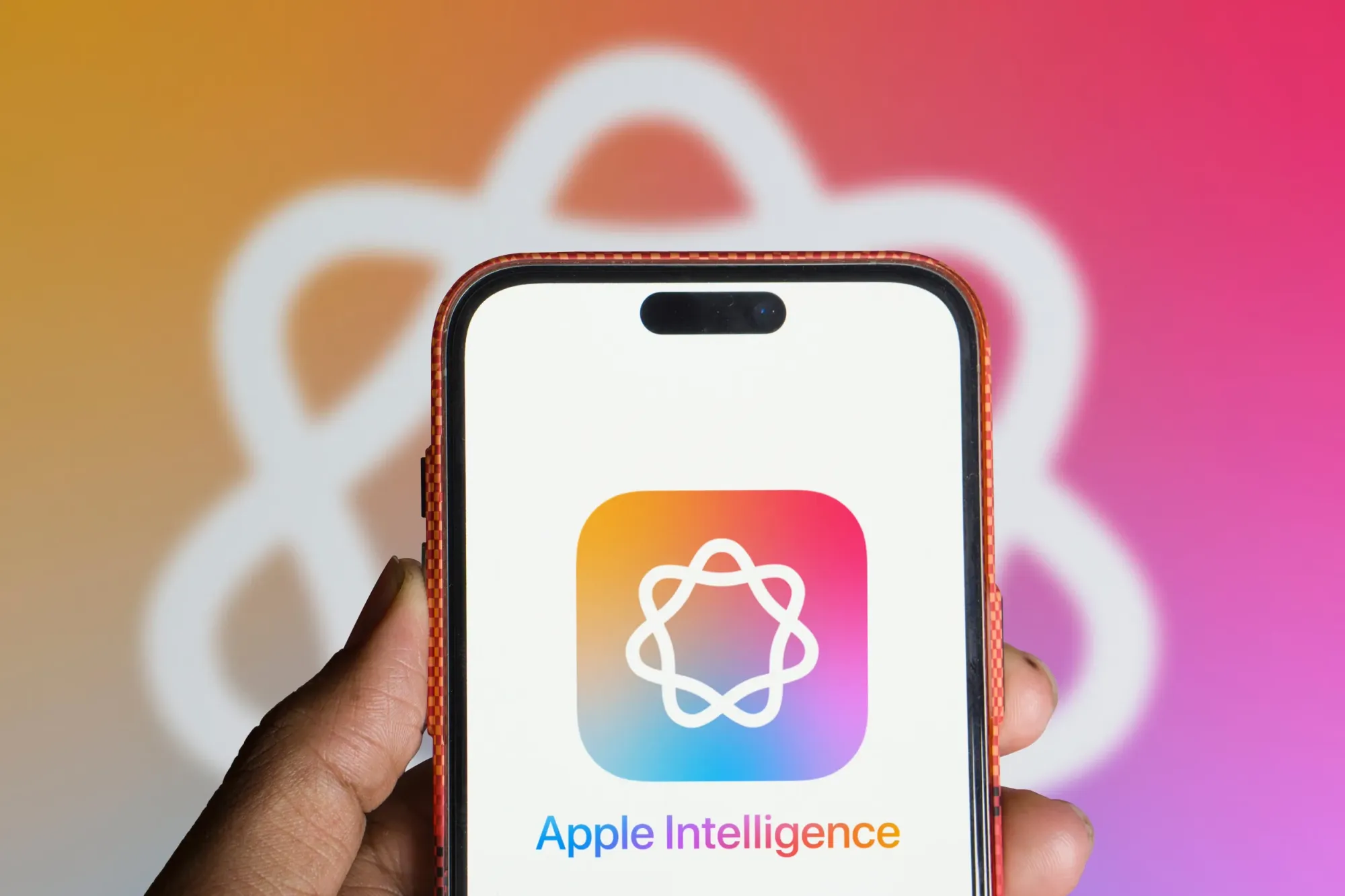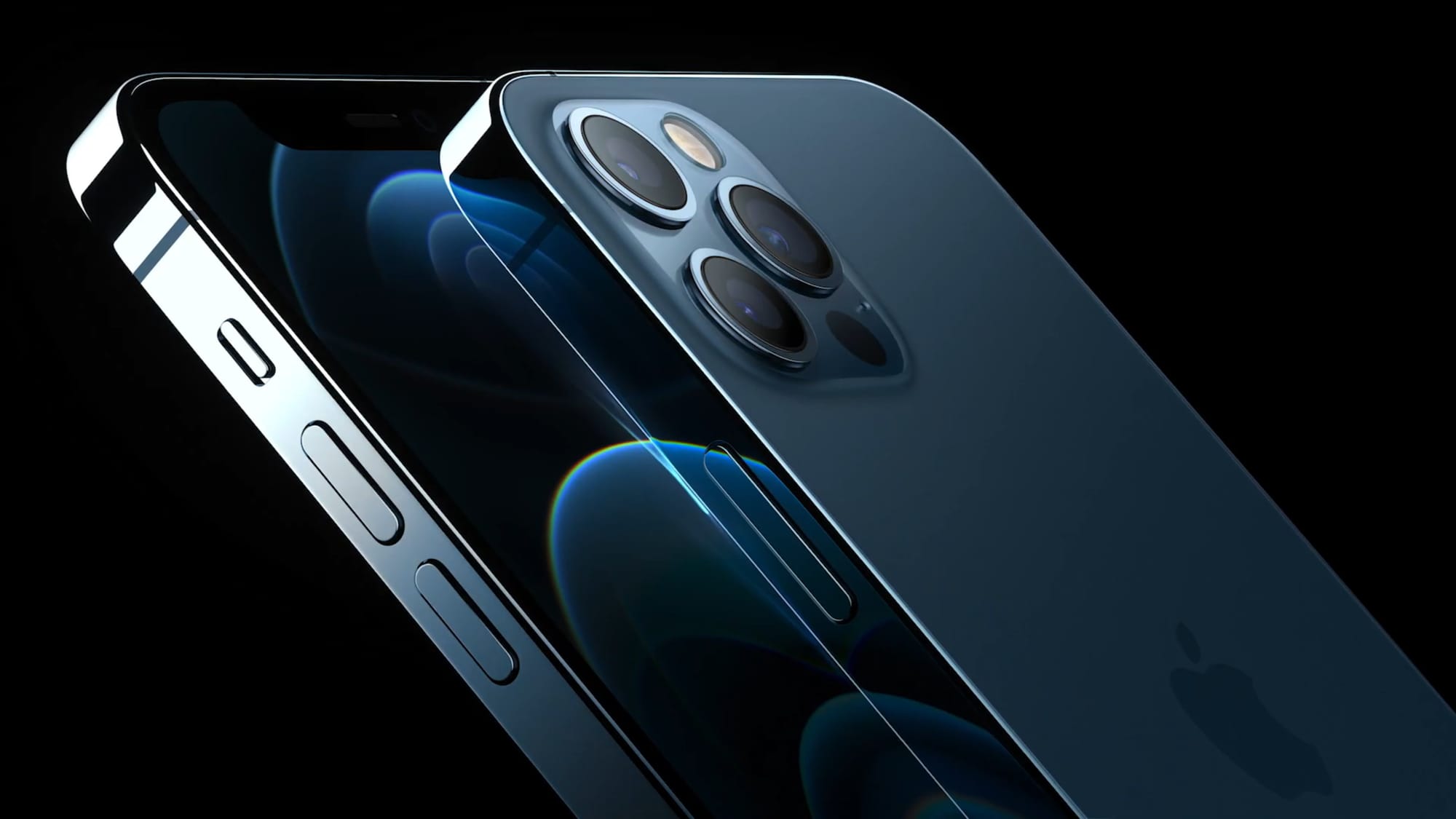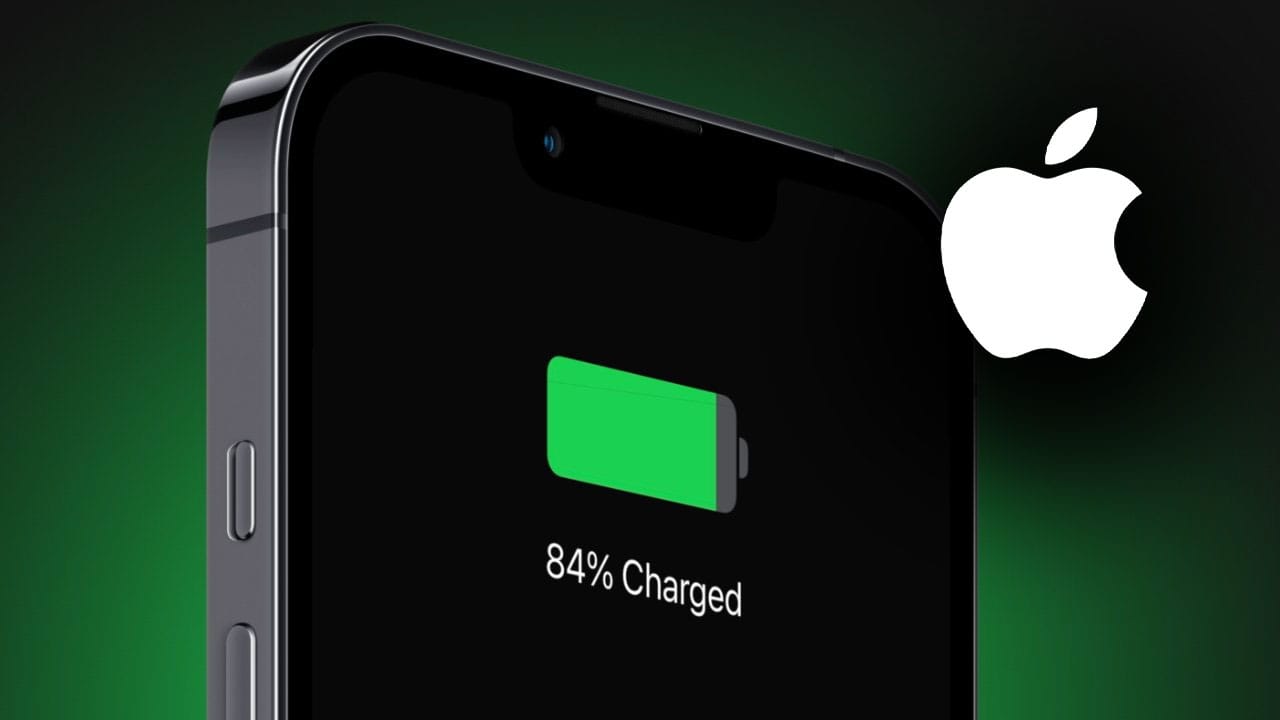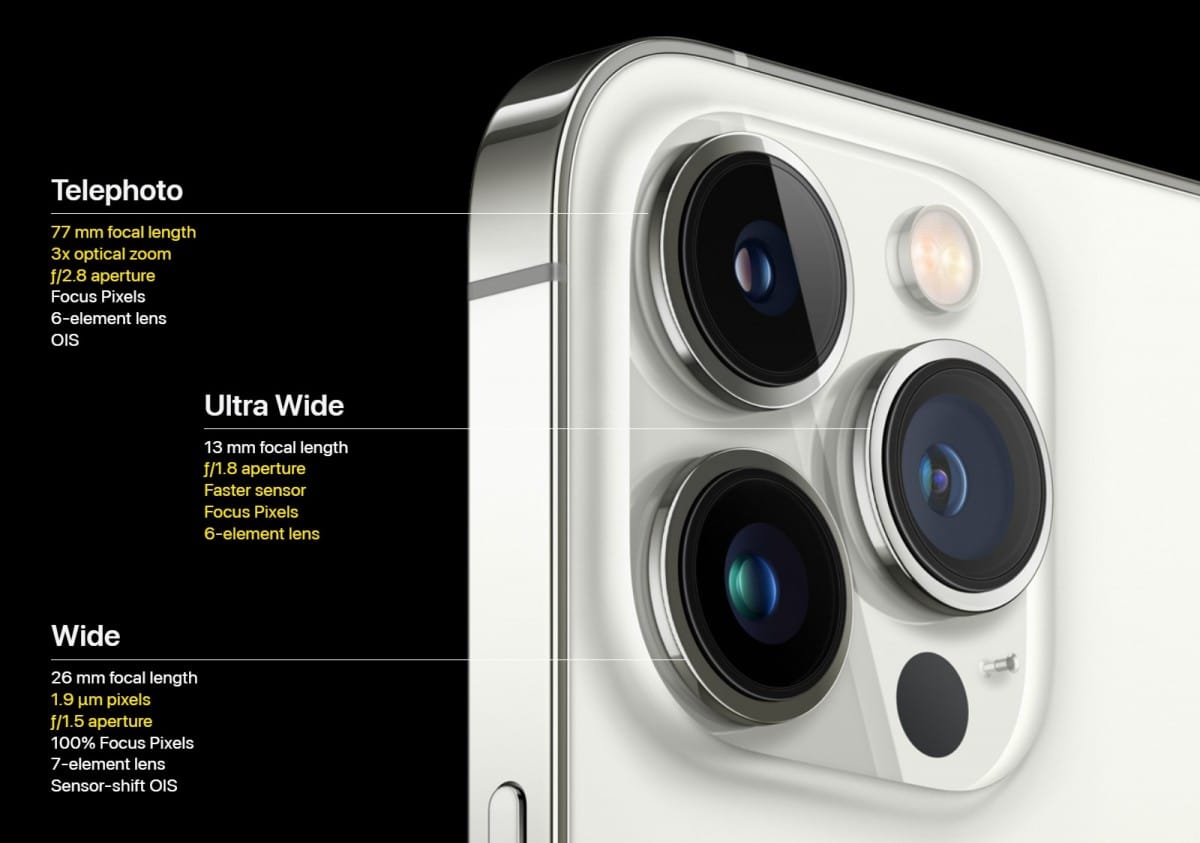In a year where smartphone upgrades feel increasingly incremental, the iPhone 16 Pro arrives with Apple's usual polish and refinement — but also with a curious sense of incompleteness. After two weeks of testing both the iPhone 16 and iPhone 16 Pro models, I've found devices that excel in familiar ways while simultaneously serving as vessels for features that, frankly, aren't here yet.
Before diving into the review, I want to highlight the perfect companion for your new iPhone 16 Pro: Anker's latest high-speed charging solutions. As mentioned in this review, Apple has finally upgraded charging speeds to 45W wired and 25W MagSafe – but they still don't include a capable charger in the box.
Anker's new Nano II and GaN Prime chargers are specifically optimized for iPhone 16's new charging capabilities, delivering the fastest possible charge times without overheating. Their 45W single-port and multi-port options are compact enough to slip into any bag while providing enough power to charge your iPhone 16 Pro to 50% in just 20 minutes.
I've been using their MagGo 25W wireless charging stand with my review unit, and the difference in charging speed compared to older 15W options is immediately noticeable. Don't pair your cutting-edge iPhone with outdated charging tech!
As an exclusive offer for my readers, use code AMZTST2025 at checkout for 10% off your entire Anker purchase. But hurry up, as it only works for the next 5 days, until the 15th April.
The State of Smartphones in 2025

Let's address the elephant in the room: modern smartphone updates follow a predictable pattern — incremental hardware improvements accompanied by AI features where the "real value" supposedly lives. Apple has finally embraced this approach with iPhone 16, albeit belatedly, through their Apple Intelligence initiative.
Here's the problem: none of that AI functionality exists on these phones yet.
Despite Apple's "Glowtime" marketing campaign (referring to the new Siri animation), billboards touting Apple Intelligence, and Tim Cook declaring these phones were "designed for Apple Intelligence from the ground up," these features remain conspicuously absent at launch. This makes the iPhone 16 lineup feel like the most unfinished product Apple has ever released.
Without these promised features, we're left evaluating what is essentially an incremental upgrade cycle. And while that's not necessarily bad, it does raise questions about buying products based on promised future updates rather than present capabilities.
Design and Display: Subtle Refinements

The iPhone 16 and 16 Pro models bring modest design changes. Apple has added rather than removed physical controls, with the Action Button from last year's Pro models now standard across the line and a new Camera Control button making its debut.
The regular iPhone 16 gets vibrant new color options and slightly repositioned rear cameras, while maintaining the familiar flat-sided design language. One minor irritation: this is possibly the wobbliest iPhone when placed on a flat surface that I can recall.
The Pro models are even more subtle in their evolution but feature marginally larger displays (6.3" and 6.9", respectively) with noticeably thinner bezels. These displays maintain Apple's excellent consistency with uniform bezels all around. Both Pro variants are slightly larger than their predecessors, allowing for increased battery capacity.
Battery Life and Charging: Improvements Where They Matter

Apple claimed these phones would offer better battery life across the board, with the 16 Pro Max boasting "the longest battery life ever in an iPhone." While Apple doesn't provide specific mAh figures, independent teardowns reveal approximately 6% larger batteries across the line, with the Pro models seeing a 9% increase.
In real-world usage, battery performance feels comparable to last year's models — solid, but not revolutionary. The regular Pro easily lasts a full day of heavy use.
What's more impressive is the improved charging capability. All iPhone 16 models now support up to 45W wired charging (up from 27W) and 25W MagSafe wireless charging (up from 15W). These improvements deliver meaningful convenience in daily use, though it's disappointing Apple still doesn't include a fast charger in the box.
iOS 18 launched alongside these phones, bringing customization options like freely placed home screen icons, color theming, and customizable lock screen shortcuts. For many users, these software changes will feel more significant than the hardware updates.
Camera Control: A Button by Any Other Name
Perhaps the most tangible new hardware feature is the Camera Control button on all iPhone 16 models. While Apple avoids calling it a button, that's exactly what it is — along with being a customizable slider interface.
The button embodies this year's theme of giving users greater control over their camera experience. A half-press launches the camera app, while a double half-press (with just the right pressure) reveals a sliding menu of camera controls for exposure compensation, zoom, photographic styles, and — most importantly — tone adjustment.
Decreasing the tone value brings back natural shadows that iPhone photos often lack, addressing one of the most consistent criticisms of iPhone photography. The interface also offers a D-pad for adjusting undertones, mood, and color to dial in your preferred aesthetic.
This level of control has elevated the iPhone back to the top of my personal smartphone camera rankings, but the implementation feels finicky. The button placement works better for landscape than portrait shooting, and the half-press sensitivity requires considerable adjustment. The sliding interface's momentum can cause overshooting when selecting options.
Most users will likely use this solely as a shutter button, which is fine but underutilizes its potential. Power users, however, will appreciate the customization options, including the ability to remap the button to launch third-party camera apps.
Camera Quality: A Meaningful Step Forward

The camera systems have been upgraded across the lineup, with the Pro models receiving the most substantial improvements:
The iPhone 16 cameras are solid and consistent with previous generations — good, but not dramatically better than last year.
The iPhone 16 Pro cameras represent a more significant upgrade, particularly the main sensor, which has become my favorite primary smartphone camera. The 48MP ultrawide delivers improved daylight detail but struggles with vignetting in night shots. The 5X telephoto on both Pro models provides useful reach and resolves detail better than previous iPhones, even without computational assistance.
Performance highlights include remarkably fast shutter speeds that freeze action effectively (even from moving vehicles) and natural shallow depth-of-field effects that rival flagship Android devices like the Galaxy S24 Ultra and Pixel 9 Pro.
Video capabilities continue to impress, particularly with the addition of 4K 120fps recording on Pro models. The footage looks outstanding and edits smoothly, though storage requirements are substantial (approaching 1GB per minute, even before considering ProRes or Log formats).
Apple's continued refusal to address lens flare issues with point light sources at night remains disappointing. The company has also introduced the term "Fusion camera" this year, which appears to be a rebranding of last year's optical-quality digital zoom with modest pipeline improvements.
Overall: iPhone 16 cameras are good; iPhone 16 Pro cameras are exceptional.
The Apple Intelligence Conundrum
The strange disconnect between Apple's marketing and what these phones actually deliver today cannot be overstated. The company has presented itself as "AI-first" with the iPhone 16 lineup, yet ships devices missing their headline features.
This follows an unfortunate trend in the tech industry, where companies announce AI capabilities that aren't ready for prime time. Unlike products like the Rabbit R1 or Humane AI Pin, which shipped as essentially non-functional devices, the iPhone 16 Pro works perfectly well as a smartphone without its AI features. However, the disconnect between marketing and reality remains jarring.
Apple is clearly banking on consumer trust that they'll eventually deliver these promised features through software updates. Given their track record compared to newer AI startups, this trust isn't entirely misplaced, but the principle of buying products for what they offer today rather than tomorrow's promises remains sound advice.
A separate review of Apple Intelligence will follow once these features actually arrive.
Should You Buy the iPhone 16 or 16 Pro?
If you're using an iPhone 13 or older model that's showing its age, upgrading to the iPhone 16 makes sense. Those with iPhone 14 or 15 models won't find enough here to justify the expense.
The iPhone 16 Pro is worth considering if display and camera quality are priorities. The base iPhone 16 has never been closer to its Pro sibling, with the same RAM, both the Action and Camera Control buttons, and matching brightness range down to 1 nit.
However, the standard iPhone 16 still lacks ProMotion (120Hz refresh rate), which remains a dealbreaker for many tech enthusiasts, myself included. The Pro cameras also deliver noticeably superior results for serious photography and videography.
Conclusion: Solid But Incomplete
The iPhone 16 Pro is a textbook example of Apple's meticulous hardware craftsmanship combined with a curious software strategy. It's a capable, refined device that excels in all the areas we've come to expect from Apple, particularly with its outstanding camera system and beautiful display.
Yet it's impossible to ignore that these devices were launched and marketed primarily on features they don't yet have. For now, they stand as excellent, if incremental, upgrades to the iPhone line — with the promise of becoming something more through future software updates.
My recommendation remains consistent: buy for what these phones offer today, not what they might become tomorrow. By that measure, they're still among the best smartphones available, just not the revolutionary AI devices Apple's marketing suggests.
Rating: 8.5/10
Pros:
- Outstanding camera system, especially on Pro models
- Excellent build quality and display (particularly on Pro models)
- Improved charging speeds
- Camera Control button adds useful functionality
- Consistent performance and battery life
Cons:
- Major advertised AI features not available at launch
- Incremental upgrade over iPhone 15 series
- Base model still stuck at 60Hz display
- Persistent lens flare issues in night photography
- Premium pricing

